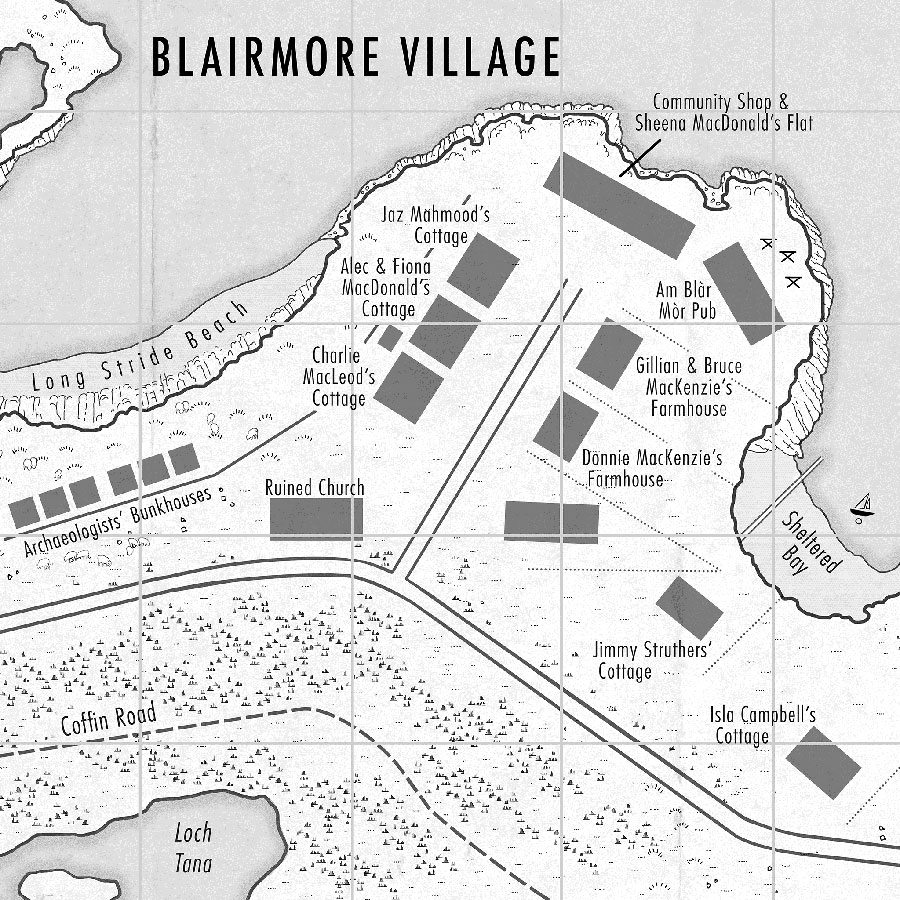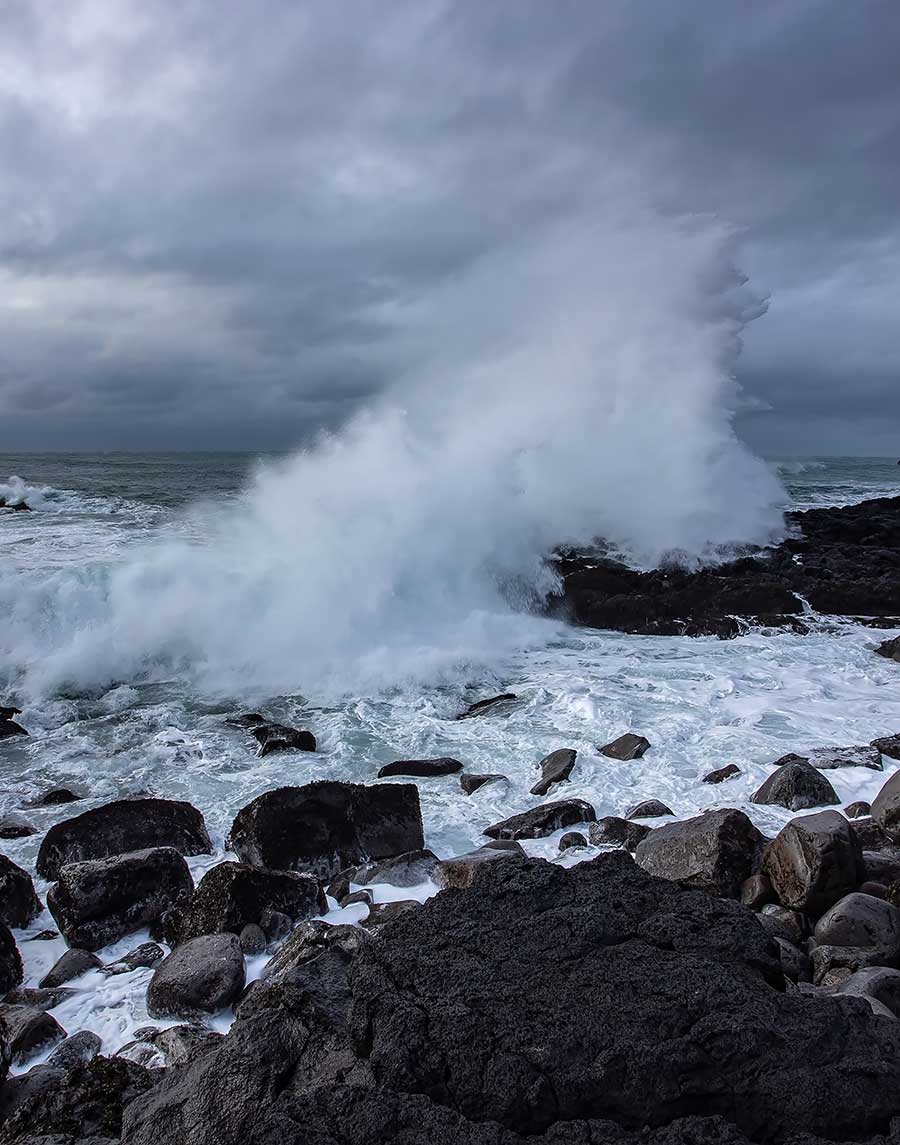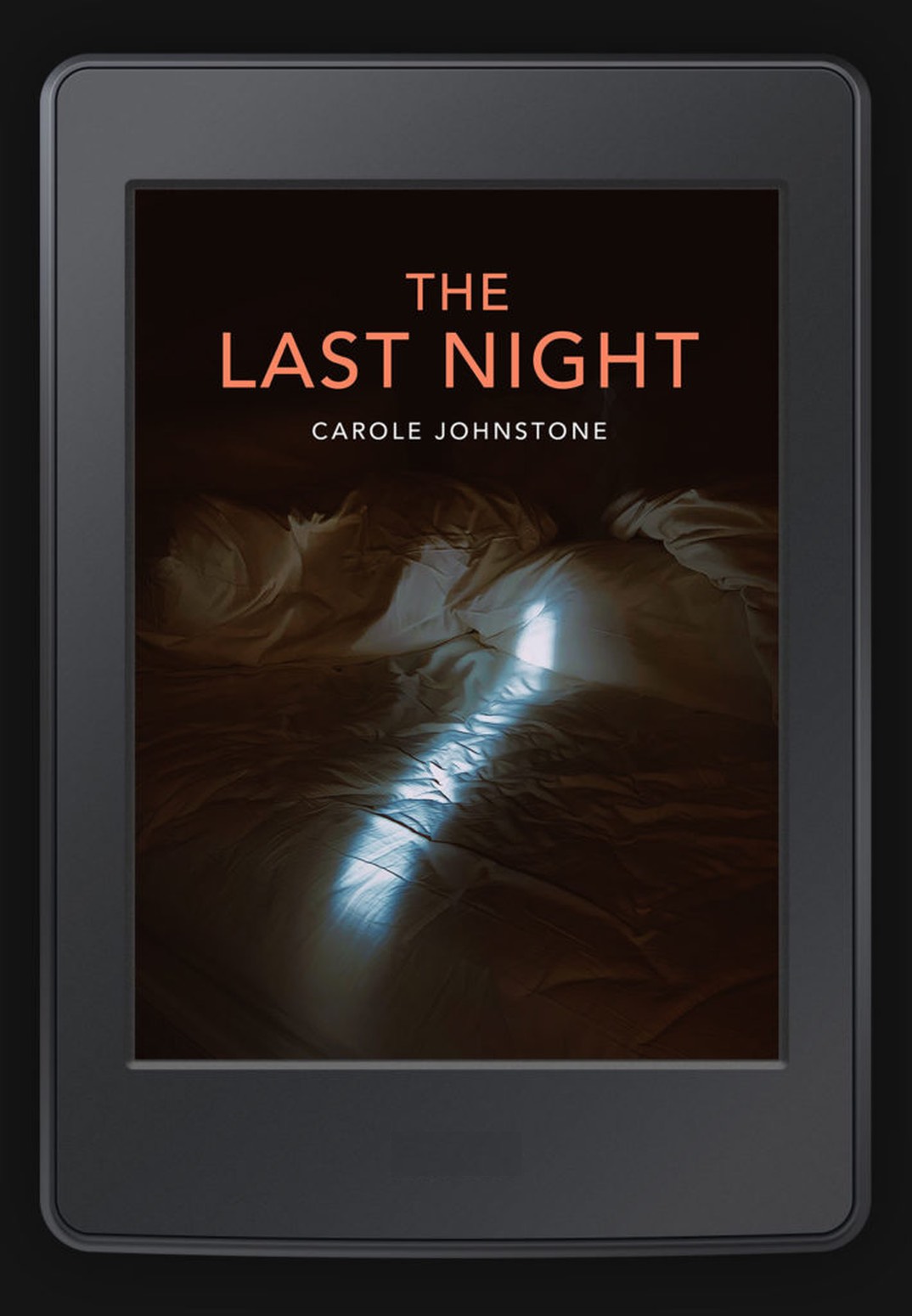What
Àrd Shiadair and Èinis would come alive in storms when boats were still out. As if the lightning were touch paper and the thunder a siren.

THE CUNNDAL DROWNING

Two of the events that occur in the novel are inspired by true events that happened on the Outer Hebrides.
The first I can’t mention here as it would be a huge spoiler (although it’s revealed at the beginning of Chapter 2, so you don’t have to read for long to find out!)
The second is what happens to Robert as a ten year old child in 1977, when a huge storm brings terrible catastrophe to the small fishing village of Ardshader on the west coast of Lewis.

the village without men
The events – and their aftermath – closely mirror a real-life tragedy that happened on Lewis in March, 1885. The entire fishing fleet of Ness on the north coast of Lewis were out in the Atlantic when a sudden gale blew in, forcing them to return to land. They couldn’t return to Port Ness because the tide was too low and the seas were too wild, so most of the boats made for Broad Bay which is about 20 miles south along the more sheltered east coast. But two of the boats decided instead to make for land on the northwest coast at Eoropie, because that was where they lived. When they became grounded on rocks in Cunndal Bay, the villagers were forced to watch as every rescue attempt failed. All twelve fishermen drowned within yards of home and safety.
Known as the Cunndal Drowning, a memorial now stands on a cliff above the bay where the boats tried to land, alongside the burial cairn of the only man whose body was recovered, Angus Morrison. Every fisherman who died was from the village of Eoropie, their names, ages, and addresses listed on that memorial – from 1 Eoropie to 36 Eoropie – bring home just how devastating such a tragedy must have been for this small fishing community. Not only had these families been forced to watch their husbands, brothers, sons, and fathers drown, but they now had no means to live, to support themselves, to survive.
A PLACE I’M DRAWN TO
I’ve visited that memorial dozens of times. I’ve walked through Eoropie. I’ve looked down onto the stunning sandy beach at Cunndal Bay. Sometimes the weather has been glorious; sometimes torrential rain – but always it’s almost impossible to imagine what happened there. I hesitated at first to write about something so tragic, so awful, but Eoropie is a place I think about a lot, it’s a place I’m drawn to again and again. I often wonder about what happened to those families, and especially about how the event must have shaped those children’s lives, particularly if they witnessed it. When I started writing about Robert’s childhood, I only realised that I’d written the Cunndal Drowning into his story once I’d done it, and Ardshader had become Am baile gun fhir: the village without men. And in the end it felt fitting, a kind of tribute to the resilience and bravery of those Eoropie fishermen and the families they left behind.
It’s easy to remember the rain like cold pinpricks, turning the sand black. The wind, high and wild. Fifty and then sixty knots. The sea white with the crests of heavy rolling waves. And that sunlight: a line of bright silver below the black-dark moving sky; above the black-dark rising sea.

Read now on any device